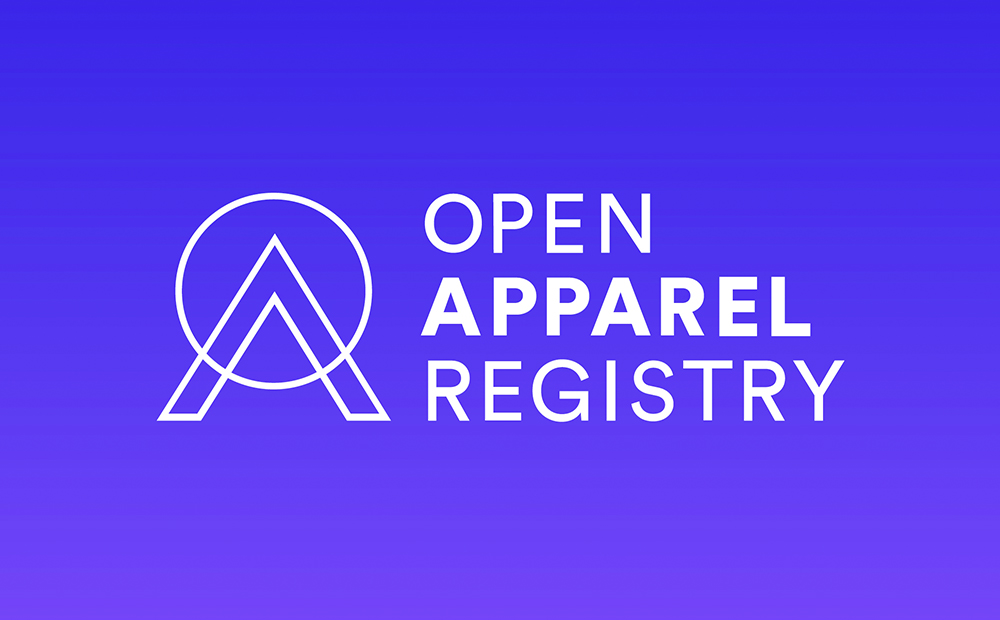Software Engineering
<- Return to all blogs
-
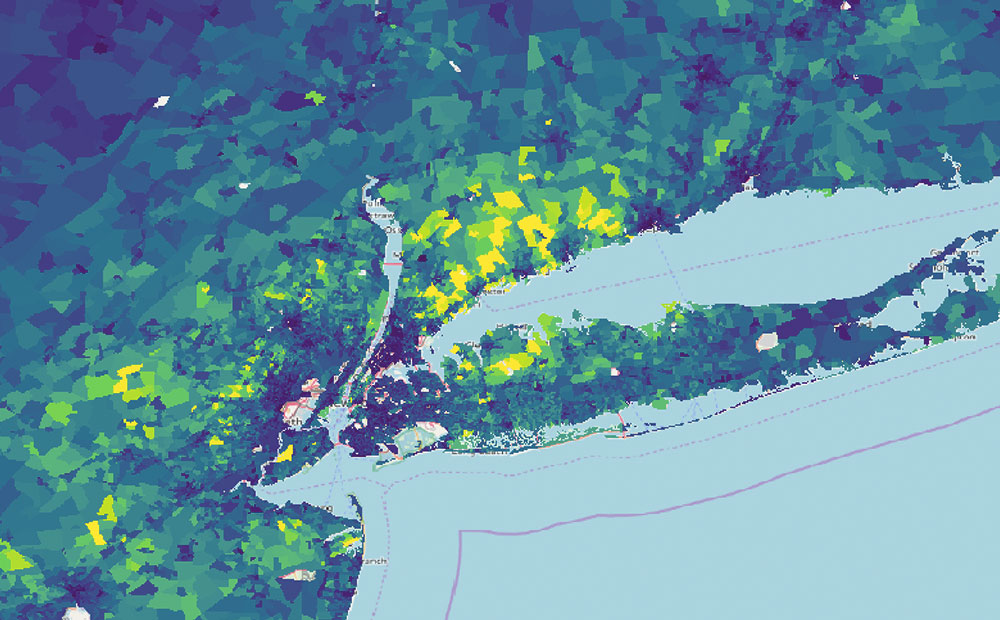
Introducing WMS and WCS Support for GeoTrellis and Raster Foundry
Raster Foundry and GeoTrellis now support WMS and WCS standards, enabling streamlined workflows that utilize multiple data sources.
-
Introducing WMS and WCS Support for GeoTrellis and Raster Foundry
Raster Foundry and GeoTrellis now support WMS and WCS standards, enabling streamlined workflows that utilize multiple data sources.

-
MUB Monitor: Helping Water Utilities Track and Respond to Upstream Threats
In partnership with Downstream Strategies, we created MUB Monitor – a comprehensive GIS-based tool that helps water professionals track spills, assess watershed threats, and make informed decisions.

-
E84 ❤️ Gatsby & JAMstack – Introducing Gatsby [Spark]
The JAMstack generally has become ubiquitous as a solid and reliable architecture for building applications for the web. As much as we didn’t know it, the JAMstack has been part of E84’s blood before the term was coined, as we worked through application challenges focusing on serving static applications and websites using AWS S3 and…
-
Lessons in Functional API Development from Haskell’s Servant and Http4s
As a 10% time project, we replicated a small piece of the Raster Foundry backend code in Haskell, using servant for the REST interface and postgresql-simple for database interaction.
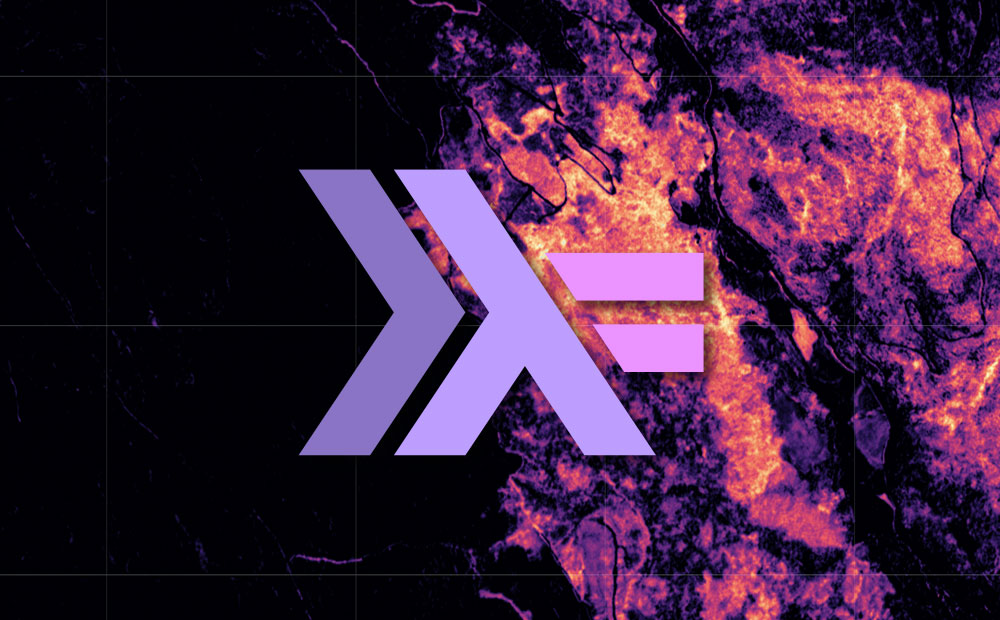
-
Write Merge Requests Like You're Posting to Instagram
Merge requests (or pull requests) are a huge part of a team’s development process. It’s the main gatekeeper preventing developers from throwing whatever they want into the default branch. It’s also a reference to the history and understanding of the changes someone is making to an application, giving code reviewers and testers more confidence in…
-
Using Cloud-Optimized GeoTIFFs (COGs) for More Efficient Web App Architecture
Cloud-Optimized GeoTIFFs (COGs) are geoTIFFs hosted on a cloud or file server, and are optimized for remote reads. They proved useful in a recent project.
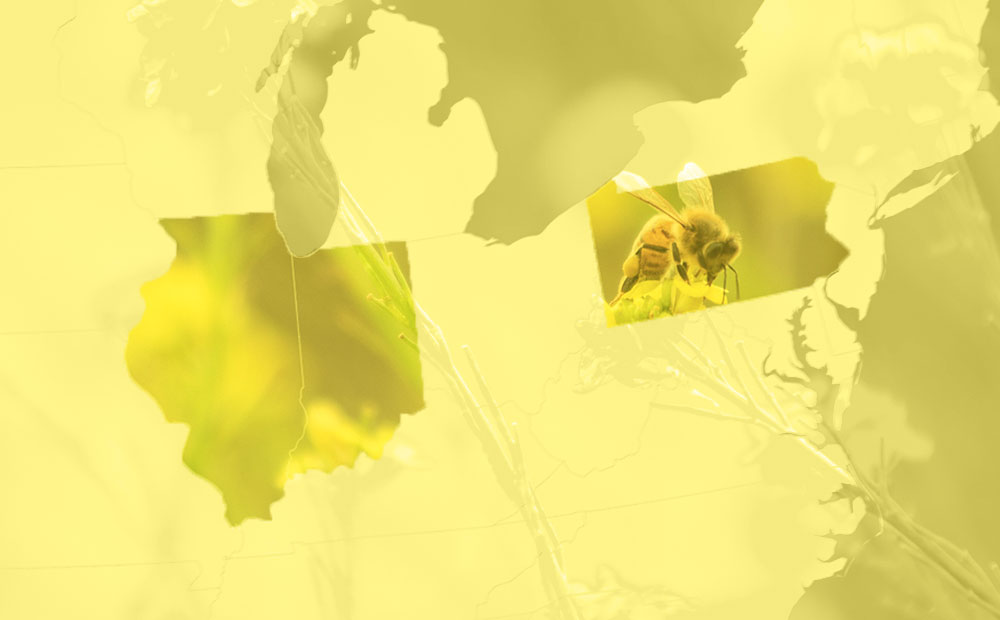
-
Cloud Optimized GeoTIFF vs the Meta Raster Format
If you are working with geospatial data visualizations you have probably heard of Cloud Optimized GeoTIFFs and may also have heard of the Meta Raster Format. These formats both provide efficient access to visualization data and have similar goals. The popular GDAL library supports both. So what are the differences, and when would you choose…
-
Raster Vision 0.9 Release Candidate
This release of Raster Vision includes bug fixes, an easier setup, improved performance, and the ability to train models off of labels in OSM.

-
Aster Vision – A New Open Source Framework for Deep Learning on Astrospatial Imagery and Space Exploration
Aster Vision is an open source machine learning library for analyzing huge troves of astrospatial data and finding habitable planets around nearby stars.
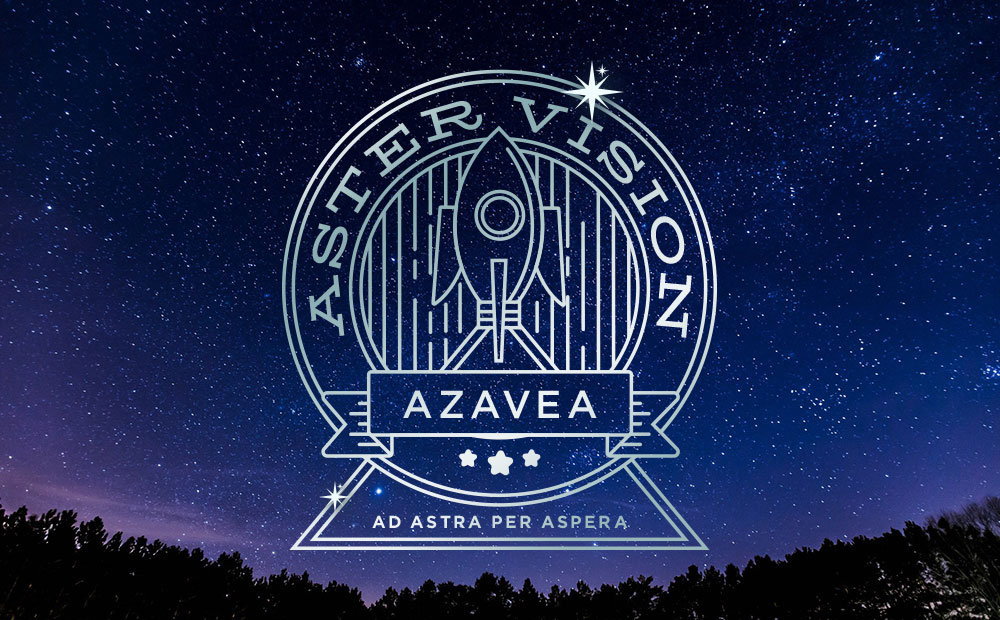
-
Introducing the Open Apparel Registry
We are excited to announce the launch of the Open Apparel Registry, an open source global map of garment producing facilities.
